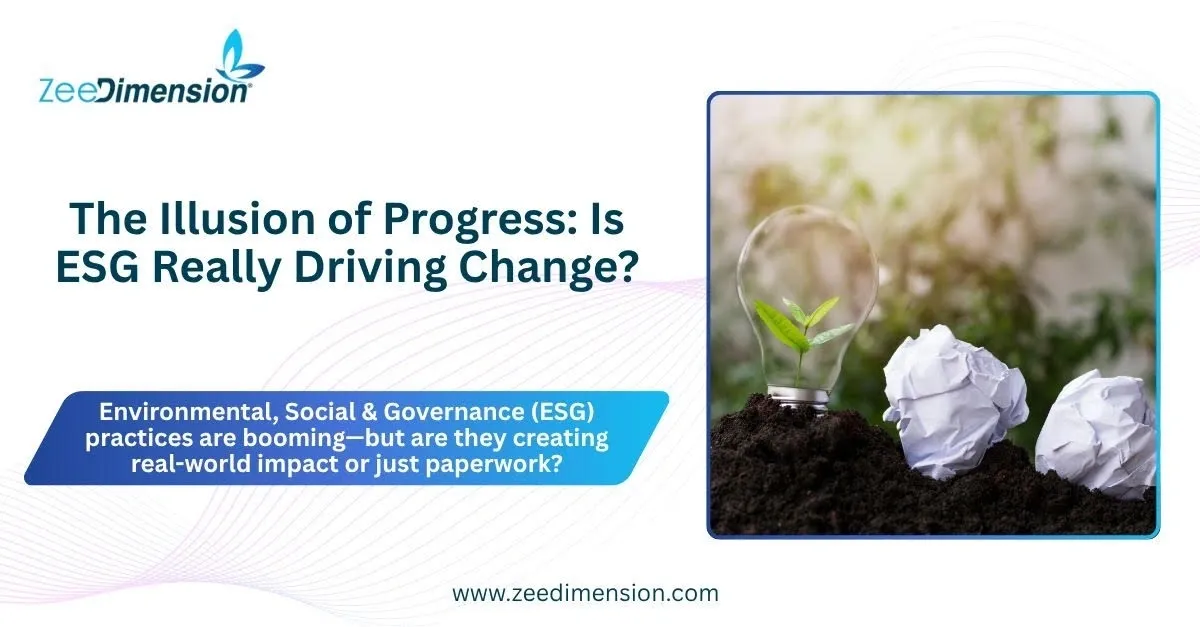
Environmental, Social & Governance (ESG) practices are booming—but are they creating real-world impact or just paperwork?
Has ESG Become a Bureaucratic Checklist?
Many organizations treat ESG as a reporting requirement—not a transformation tool.
-
Policies in place?
-
Reports submitted?
-
Meaningful change? Still questionable.
The High Score Paradox
Some companies score high on ESG ratings…
But behind the scenes:
-
Human rights violations in supply chains
-
Emissions higher than industry peers
-
Token diversity without real inclusion
Are ESG Ratings Misleading?
Ratings often reward disclosure, not performance.
A company can appear “responsible” just by:
-
Publishing a sustainability report
-
Setting goals without action
-
Using clever offsets to mask poor emissions
Symbolism Over Substance
Critics say ESG is more about looking good than doing good.
It’s not about:
-
Signing pledges
-
Filling scorecards
It should be about:
-
Measurable outcomes
-
Ethical operations
-
Impact on people and planet
What Real ESG Should Look Like
We need a shift:
-
From disclosure → to impact
-
From policies → to practices
-
From intention → to transparency and accountability
3 Key Ways to Strengthen ESG
-
Measure outcomes, not promises
-
Audit supply chains and emissions
-
Standardize metrics for accountability
Final Thought
ESG has the potential to be a game-changer.
But without substance, it’s just a sophisticated PR tool.
Are we ready to demand real impact over pretty reports?







